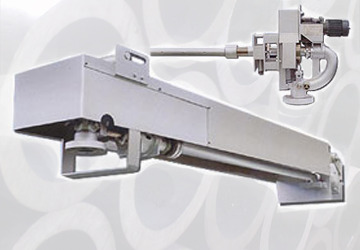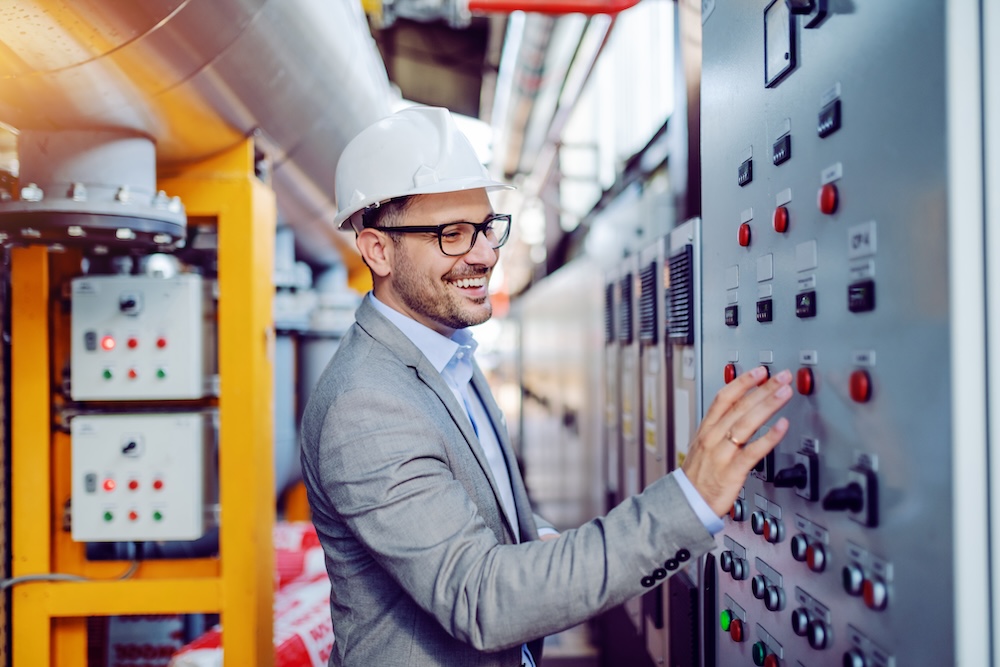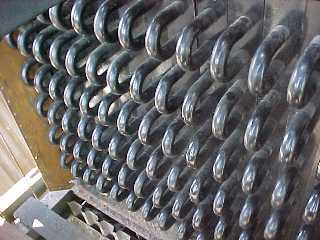
The Ultimate Guide to Sootblower Replacement Parts
Sootblowers are essential components of industrial boilers. Just like the name implies, they can remove soot and ash buildup from a boiler’s heat exchange surfaces.
Home » Improving Efficiency with Waste Heat Recovery Boilers
When it comes to the manufacturing industry, there need to be ways to incorporate more sustainable measures. This needs to go as far as looking for ways to reuse waste and try to convert it back into energy. For example, many operations use heat to maintain steam boiler efficiency. Unfortunately, these steam boilers generate so much heat for these plants that some heat even gets wasted when it could be used for other purposes.
Due to this, more industries have been looking into the benefits of waste heat recovery boilers. This goes as far as investing in trying to create a solution. Promoting sustainability and using waste heat recovery systems can be needed. But what are waste heat recovery boilers? These are used to recover the exhausted heat used to create steam.
These are proving to be an ideal solution for plans that would like additional steam capacity. But what are some other ways that waste heat recovery boilers improve efficiency within plants? Continue reading on to learn precisely how.
Looking for sources of waste heat in a facility and improving efficiency with Waste Heat Recovery Boilers is essential in promoting energy efficiency and sustainability. However, there are still many barriers to implementing waste heat recovery projects. These include informational, economic, and technical obstacles.
This study presents a methodology that addresses these barriers and a step-by-step process to identify sources of waste heat in industrial processes. The process is supported by an application software tool, which will identify potential waste heat sources, evaluate their energy performance and identify suitable technologies for waste heat recovery.
Informational barriers include the need for knowledge about the energy and material flows in industrial facilities. The lack of information can lead to complete waste heat recovery and internal reuse of waste heat. The proposed methodology will support stakeholders, legislators, academics, and researchers in identifying and assessing waste heat sources. It will also support the development of incentive programs to accelerate the implementation of innovative waste heat recovery solutions.
While it’s mainly used for homes, the economizer design is slowly proving that it could be optimal for offices and potentially power plants. Whether your boiler is a new or existing unit, an economizer can help you save energy and fuel. In addition, economizers can improve your boiler’s efficiency and provide a quick return on investment.
An economizer is a heat exchanger that uses exhaust gas from a boiler to preheat the water in the boiler feedwater system. These devices are used in applications such as deaerator steam and blowdown heat recovery. There are many different economizer designs available. Some designs can use a single tube to heat the water, while others use multiple up-flow rows of tubes.
Each design has its advantages and disadvantages. It is essential to consider the design that best suits your application. Economizers are usually cylindrical. They are designed to operate with minimum pressures of 250 PSIG. They are tested according to ASME Code. They are lightweight and can be easily installed. The design of an economizer is fundamental. Choosing a design that provides the highest possible transfer rate between the hot gas and the water is essential.
Adding insulation to boilers and piping systems can reduce heat loss and improve the overall efficiency of your heating system. Pipe insulation helps prevent condensation and prevents pipes from freezing. It also reduces energy losses and ensures a safe working environment. Pipe insulation is typically used to avoid freezing but can also be used for large-scale heating applications. For example, it can be used in hot water or steam pipes and is available in sheets, slabs, or foil-lined tubes.
Pipe insulation is usually paired with other methods to prevent freezing, such as ensuring that the water stream through the pipes is constant. Heat loss from boilers and piping systems is based on various factors. It depends on the material, the medium, the service temperature, and the amount of insulation. Adding insulation to your heating system can help reduce heat loss, decrease the amount of money you spend on heating, and improve the overall efficiency of your system.
There are a variety of types of piping insulation. Some materials are light foam, such as polyethylene, commonly used to prevent freezing domestic water supply pipes. Another type of piping insulation is mineral fiber. Mineral fiber is typically foil-coated, making it ideal for outdoor applications.
Adding a pressurized or closed-loop condensate recovery system to a waste heat recovery boiler can increase efficiency. The recovery boiler can provide up to 10% higher energy recovery than standard noncondensing economizers. The recovered steam can be used in steam headers and deaerators efficiently. In addition to reducing overall energy use, waste heat recovery can also reduce cooling towers, natural gas use, and groundwater pumping. This can reduce CO2 emissions from power generation by up to 3000-7620 ton/yr.
The ideal scientific goal is to use waste heat best for heating and power generation. However, industrial processes are characterized by a variety of energy losses. This is why it is vital to increase energy efficiency. For example, paste production is typical of an industrial process that generates large amounts of condensate. The waste heat recovered from this process can help improve the thermal inactivation process efficiency.
At Industrial Boilers America, we lead in providing the development, licensing, and deployment of Industrial Power plants. We partner with other leaders of communities and governments to foster long-term relationships that create sustainable energy, jobs, and social responsibility. Our philosophy that sustainability should be rooted in the betterment of the ecosystem rather than profit allows us to provide services that will enable our partners to reinvest in themselves, resulting in a sustainable community.

Sootblowers are essential components of industrial boilers. Just like the name implies, they can remove soot and ash buildup from a boiler’s heat exchange surfaces.

Boilers provide essential heating and steam generation for industries ranging from power production to manufacturing. To ensure safety, efficiency, and functionality, rely heavily on sophisticated

Industrial boilers are essential for keeping the world moving. Understanding the critical industrial boiler parts ensures efficient operation, safety, and longevity of equipment. Main Industrial